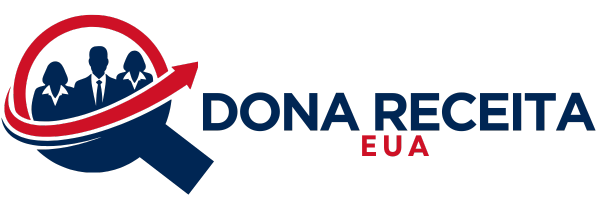Are you looking to advance your career and reach new heights of success? A crucial step towards achieving your goals is creating a professional development plan. This strategic roadmap will guide you through the process of formulating a career growth strategy, implementing a skill enhancement program, and mapping out your career progression.
Understanding the Benefits of a Professional Development Plan
In today’s competitive work environment, personal development initiatives and continuous skill building are essential for career growth. A professional development plan serves as a roadmap to guide individuals in their pursuit of success and advancement.
Personal Development Initiatives
Personal development initiatives play a crucial role in nurturing valuable skills and qualities that enhance professional performance. By focusing on self-improvement, individuals can develop essential traits such as leadership, communication, and critical thinking. These initiatives can include attending workshops, seminars, or online courses, networking with industry professionals, and seeking mentors who can provide guidance and support.
Professional Skill Building
Professional skill building is a key component of a successful career. A professional development plan helps individuals identify the skills they need to acquire or improve upon to excel in their chosen field. This can involve undergoing specialized training, pursuing advanced certifications, or gaining hands-on experience through internships or projects. By continuously enhancing their skills, individuals can stay at the forefront of industry trends and remain competitive in the job market.
The Significance of a Continuous Learning Plan
In today’s fast-paced work environment, a continuous learning plan is essential for professional growth and adaptability. It involves a commitment to lifelong learning and staying updated with evolving industry dynamics. By incorporating continuous learning into their professional development plan, individuals can broaden their knowledge, keep pace with technological advancements, and explore new opportunities for career advancement.
In conclusion, a professional development plan that incorporates personal development initiatives, professional skill building, and a continuous learning plan is instrumental in achieving long-term career success. By embracing these elements, individuals can proactively shape their professional journey, enhance their capabilities, and unlock new avenues for growth and advancement.
Steps to Create a Professional Development Plan
Creating a professional development plan is a strategic process that can greatly enhance your career advancement opportunities. By following these step-by-step guidelines, you can develop a comprehensive and effective plan tailored to your specific needs.
1. Set Clear Goals and Objectives
The first step in creating a professional development plan is to set clear goals and objectives. Think about where you want to be in your career and what skills and knowledge you need to acquire to get there. Define measurable and realistic goals that align with your long-term aspirations.
2. Identify Necessary Skills
Once you have established your goals, identify the necessary skills and competencies required to achieve them. Conduct a self-assessment to determine your current skillset and identify any gaps that need to be filled. This will help you prioritize your learning and development activities.
3. Plan Actionable Steps
Now that you have a clear understanding of your goals and the skills you need to acquire, it’s time to plan actionable steps to achieve them. Break down your goals into smaller, manageable tasks and create a timeline for completion. Consider enrolling in courses, attending workshops, or seeking mentorship opportunities to develop the desired skills.
4. Seek Feedback and Support
Throughout the process, seek feedback from mentors, supervisors, or trusted colleagues. Their insights can provide valuable guidance and help you make informed decisions about your professional development plan. Additionally, consider joining professional networks or associations to expand your support system and learn from industry experts.
5. Regularly Review and Update
A professional development plan is not a static document; it should evolve as your career progresses. Regularly review and update your plan to reflect changes in your goals, industry trends, and personal growth. Assess the effectiveness of your actions and make necessary adjustments to ensure you stay on track.
By following these steps, you can create a professional development plan that empowers you to achieve your career goals and advance professionally. Remember, investing in your development is a lifelong journey that requires dedication and a commitment to continuous learning. Start today and unlock your full potential!
Conclusion
In conclusion, a well-planned professional development journey can pave the way for a successful career. By creating a professional development plan that aligns with your career goals, you can chart a clear path for career growth and skill enhancement.
Remember to regularly review and update your plan to adapt to new opportunities and challenges that arise in your industry. Embracing continuous learning and personal growth initiatives is vital in staying competitive and relevant in today’s fast-paced work environment.
By incorporating skill enhancement programs, identifying a career progression roadmap, and focusing on professional skill building, you can position yourself for career advancement and achieve your desired level of success. Invest in your future by creating a comprehensive and actionable career growth strategy that will guide you towards achieving your career goals.

